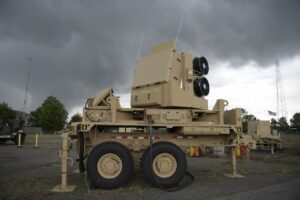
SYRACUSE, N.Y. --Lockheed Martin [LMT] is set to begin delivering the next five Sentinel A4 radars to the Army in the coming weeks, which will be used for the program’s initial operational test and evaluation (IOT&E) phase starting in early fiscal year 2025. David Kenneweg, Lockheed Martin’s program director for multi-mission air defense radars, provided the update last week, which follows the Army’s award of a low-rate initial production (LRIP) contract for 19 more radars over the summer and as…

 By
By 











